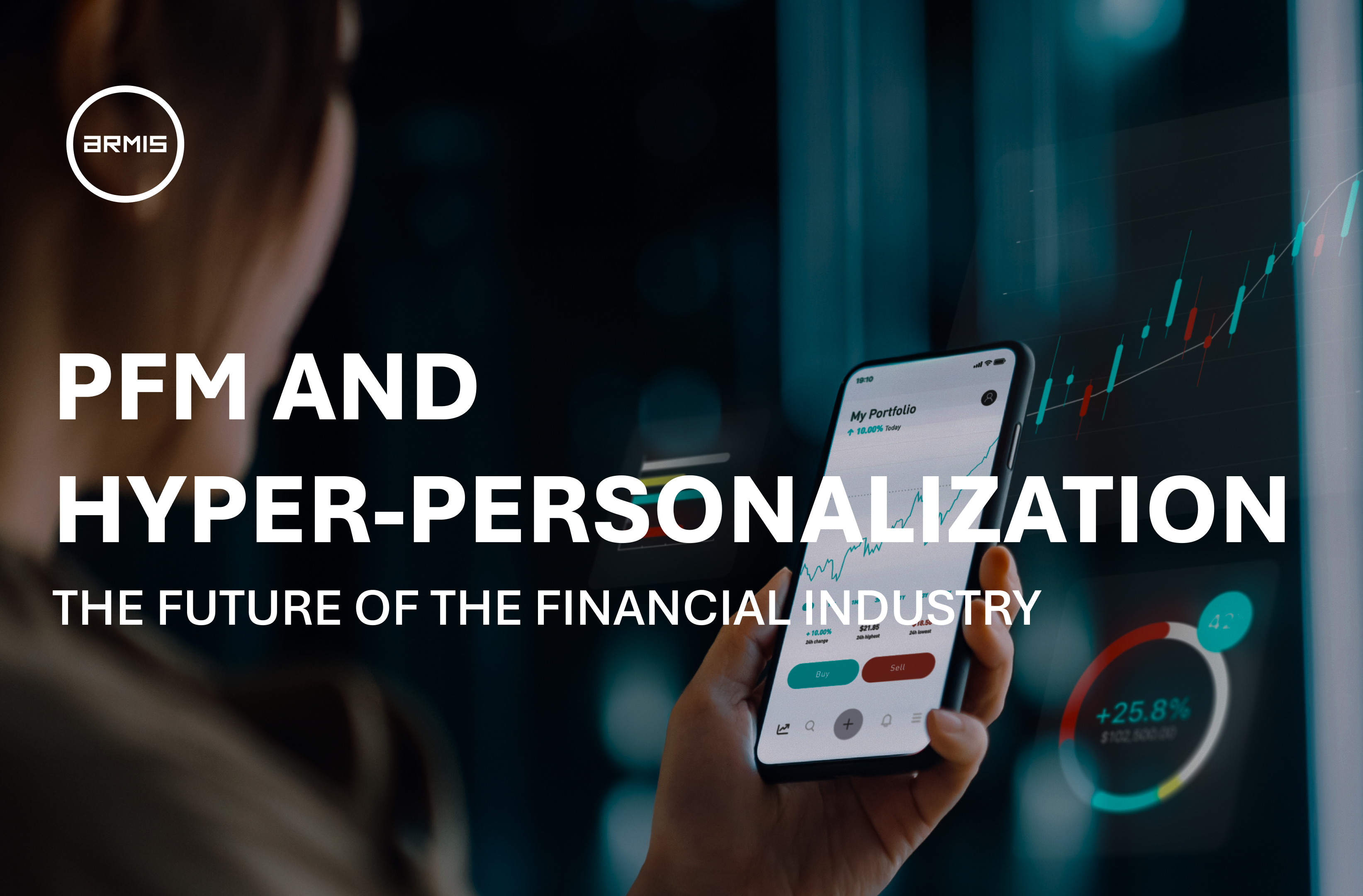
How does Machine Learning leverage Fraud Detection?
 Blog
Blog
Through the combination of supervised and unsupervised methods, Machine Learning can learn and recognize new patterns that other approaches to fraud management may miss.
As stated by the Cambridge Dictionary, fraud is “the crime of getting money by deceiving people”, and, nowadays, can result in millionaire losses and reputational damage for companies. Only in the U.S, in 2020, there were 4.8 million identity theft and fraud reports, according to the Insurance Information Institute.
In Portugal, one of the most relevant cyberthreats, in the same year, was fraud and digital scams, as referred in the Cybersecurity Report 2021 by the Cybersecurity National Center for Cybersecurity Observatory.
Although frauds take place for hundreds of years, the development and expansion of digital processes have increased this problem. Fraud can happen in several ways, like payment fraud, identity theft or phishing, with the main objective to steal money.
The evolution of technology allows us to make use of Machine Learning (ML), the science of creating and applying algorithms that are capable of learning from the past, to prevent and detect fraud. These are the first steps to secure data, people, and organizations.
In this strategy of prevention and detection, Machine Learning mainly creates identification models from previously collected data to define profiles of usage. This approach provides a combination of solutions adapted to your business to secure users’ digital identities and the computing resources of the company.
But how does this apply in practice to detect fraud?
- Definition of intelligent profiles
Machine Learning converts collected data in bulk and turns confusing information into simple formats that suggest actions to decision makers. The more users add up and use the systems, the more information is collected to optimize and collect data to make it more accurate.
Through the users’ journey (based on his actions mapped in access to services or applications for example), intelligent profiles are created with ML and are defined with normal usage. If the user’s behaviors are considered unusual or do not map with existing data, are then considered potential frauds and actions are made to prevent any issue.
- Creation of algorithms
Machine Learning creates algorithms based on collected data from users’ journeys (or users’ activity in the usage of apps or services). Through that, the algorithms learn and can distinguish between fraudulent operations and legitimate ones without raising the suspicions of those executing the transactions.
- Detect and block dangerous behaviors
The process of fraud prevention through Machine Learning is based on the detection, report and action in response to risks that might threaten the security of platforms and apps. The system prevents reputational damages and monetary losses by analyzing algorithms and intelligent profiles.
Through Machine Learning, the system learns from every operation the user makes, from paying the rent and bills to buying food and goods. Detected actions that do not follow the predictions are blocked to prevent fraud.
How to implement this strategy?
This prediction model can prevent financial fraud by using big data faster through these automation techniques. Through the combination of supervised and unsupervised methods, ML can learn and recognize new patterns that other approaches to fraud management may also miss.
Currently, it is possible, to apply solutions that do not require technical knowledge and that promote detection and prevention of fraud. In partnership with VU Security, ARMIS can seamlessly implement solutions that receive information from different channels, based on users’ routes, schedules and geolocation of the device to prevent fraud.
To reduce the relevance of fraud and identity theft in cyberattacks, the analysis process behaviors with Machine Learning plays a significant role. You can ensure the reduction of potential risks based on ML knowledge with VU Fraud Analysis, as your users register and authenticate in your platforms.
Applying these steps will make your customers acknowledge that their information is better protected. As systems become more agile and resilient, users feel secure to operate and benefit from the services provided. Recognizing that data is safe is a confidence boost for customers as well!
Prevent fraud to keep your business reliable.
Share this article:
Prepare your company and your employees for the future. Contact us!

 Menu
Menu



